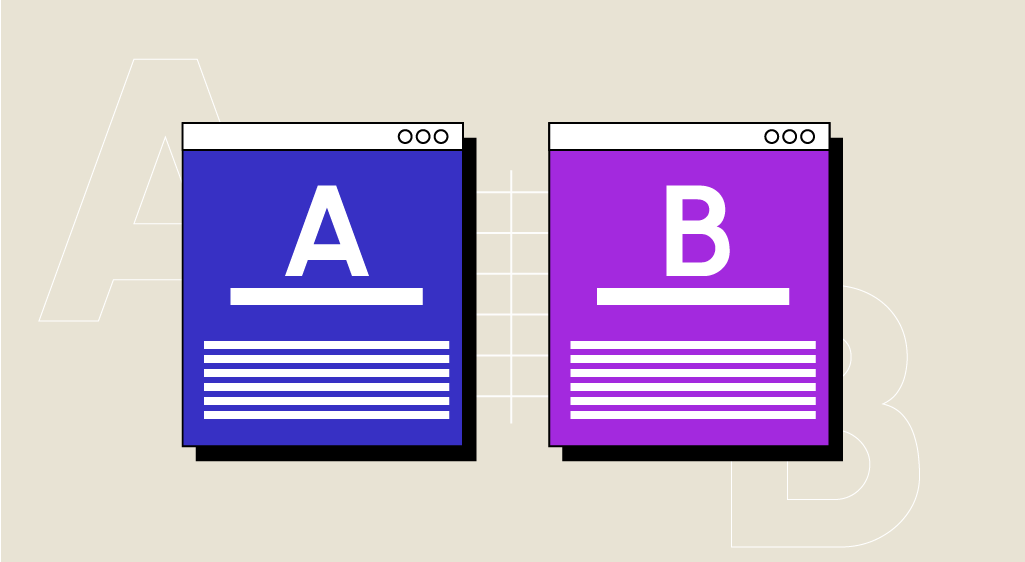AB testing is a statistical comparison method used to compare different variants of a basic version of a website page. The aim is to identify the most effective of these, according to the objectives defined. A/B testing can also be used to evaluate the performance of mobile applications and even conversion channels, including e-mail marketing or landing pages.
This enables significant changes to be made to the design of a website. It’s the ideal type of test to evaluate the importance of new layouts such as home page design. It allows you to offer dynamic content designed for visitors, and to display a replacement form for a future prospect or new customer.
Identify important elements
It is essential to carry out investigative actions based on accurate data before conducting experiments. There are many types of such data sets.
Quantitative data can analyze buyer behavior on the site, the number of visitors, the number of cancelled purchases, and so on.
For this, tools like Google Analytics or Mouse Tracking Analysis retrieve targeted information and quantify the value on each url.
Qualitative data takes the form of feedback such as surveys via forms, heuristic analysis of the user experience.
Sharing your team’s experience of site ergonomics and product usage can help you better identify friction points. It’s a gain that companies consider all too little.
Composed of A/B testing
In A/B testing, we take a web page or application screen and modify it to create a second version of the same page.
This variation may be a simple title or button, or it may be a complete redesign of the home page or any other page.
Half the traffic will then be directed to the original version of the page, and the other half to a modified version of the page, called a “variant”.
When visitors see the original page or a variant, their engagement with each experience is measured and collected in an analytics dashboard and analyzed using a statistical engine. We use A/B testing tools with objectives or conversions created using the Google Tag Manager tool.
The main stages of an A/B test
Collecting data often indicates where to start optimizing a page. It makes more sense to start with areas of a website or app with high click-through rates, so that data can be collected more quickly. Then look for pages with low conversion rates or high user drop-off rates that can be improved.
The conversion goal is the metric you use to determine whether this change is more successful than the original version.
Goals can range from a simple click on a button to a complete interface change. Once objectives have been identified, it’s important to start generating ideas and A/B hypothesis testing on why pages can be improved on the current version.
Create variants that make desired changes to the elements of a website or mobile application. This could be a change to the color of buttons, changing the order of page elements or something completely customized, while ensuring the quality of the customer experience to make sure it works as intended.
When starting the “experience” test, expect visitors to participate.
At this stage, visitors to the website or app will be randomly assigned to either the original page or the variant created. Their interactions with each experience will be measured, calculated and compared to determine their performance.
Analysis of the results is the most important element.
Once the experiment is complete, the analysis will show whether the added elements were decisive or not. The A/B testing tools will present the experimental data, and we can then see the difference between the new features and the old version of the website.
If the variation page is a winner, the A/B test has been effective. See if you can apply the lessons learned from the other experiments to other pages on your site by repeating the experiment to improve traffic results.
If the test returns negative results or no results at all, then use this as a learning experience to generate new ideas that can be tested.
A/B testing is an effective way of enabling users to make changes to a website without it having a total impact on a company’s business development.
Now you know all about A/B testing. If you want to master this tool for use in your Data projects, DataScientest invites you to discover our Data Science training courses.










